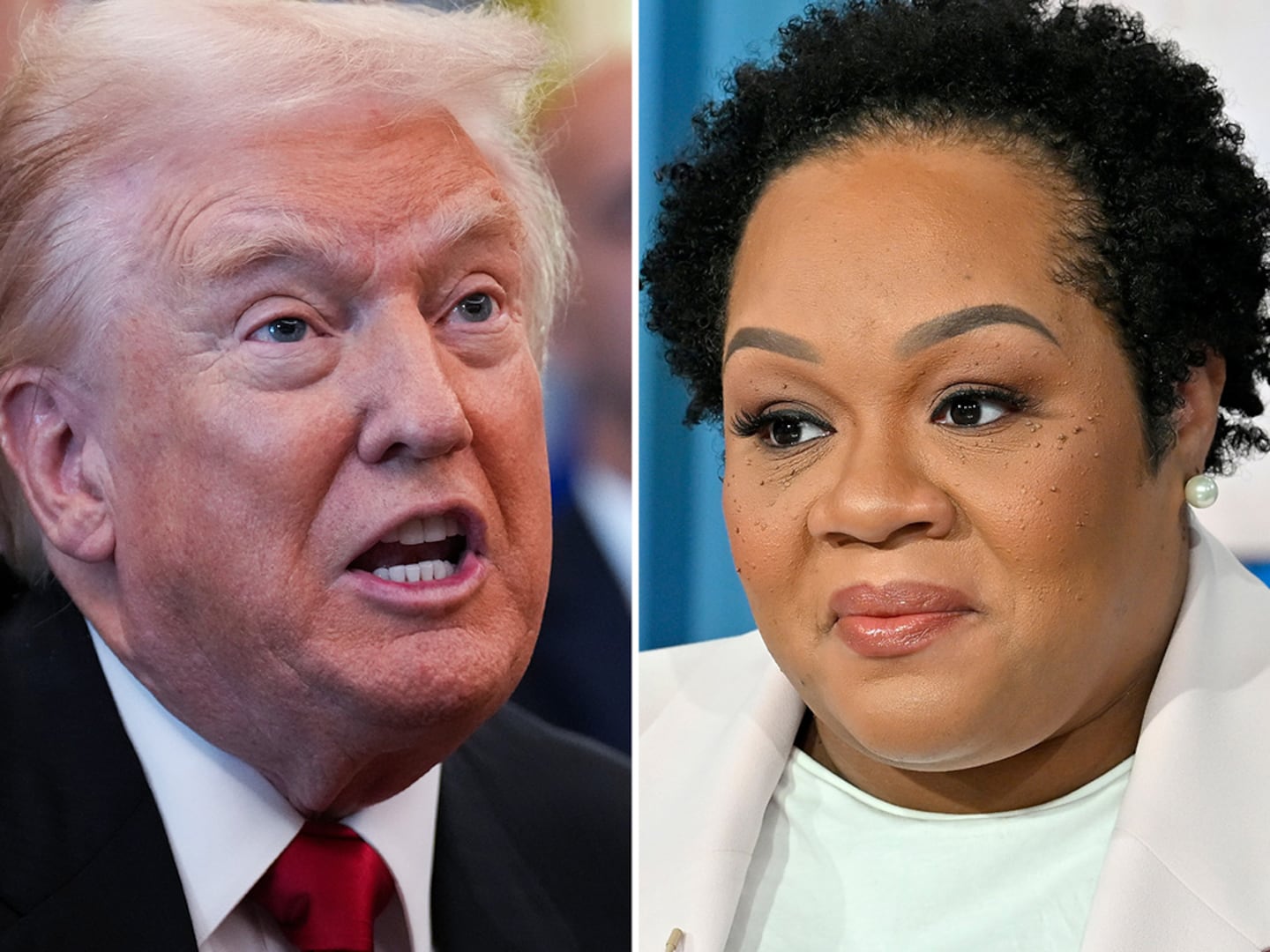It’s the hottest night of the summer, and on Philadelphia’s Kensington Avenue, underneath the elevated train tracks at Somerset Street, mills a crowd of addicts nearly 100 strong, the biggest ever to flock to this well-known drug corner. The city’s unrelenting heat wave has left them worse for wear, their exposed skin coated in a glaze of sweat, their tank tops and shorts smeared with street grime. These self-described “low-bottom dope fiends” haven’t bathed recently, and many have been “running and gunning” around the clock for days, selling needles and prescription pills, or prostituting on the Avenue to hustle up enough money for another bag of heroin.
“Ever since the strangler,” addict Will Sims says, “we do everything out in the open and the cops are cool with it.” Several other addicts out here concur: The reason for all the bustle is that Kensington Avenue has become a drug-bust-free zone.
Eight months ago, the Kensington Strangler was stalking and murdering addicted prostitutes who worked the Avenue. During the hunt for the strangler, the area was flooded with cops. Addicts say the police came down hard on indoor drug establishments. Crack houses and shooting galleries were raided because women could easily get raped and killed there. Neighbors raised alarms about addicts bringing violent sex crimes to the blocks where families live. But since January—when 22-year-old Antonio Rodriguez, a PCP-smoking petty drug dealer from the notorious adjoining Badlands neighborhood, was arrested and charged with the murders—addicts say that police have retreated, leaving them to do their drugs in relative peace.
“Subs and Xany bars, subs and Xany bars,” chant men in cockeyed baseball caps while pacing the corner, searching the crowd for potential customers. Subs are Suboxone, a pill containing buprenophine, a drug that eases the pain of heroin withdrawal. Xany bars are 2mg Xanax pills, the strongest dosage, often used with Suboxone to give users a heroin-like half-consciousness.
A silver Toyota pulls up to the curb and a heavy-set blonde hops out. She’s comparatively clean cut, probably from the suburbs or middle-class Northeast Philadelphia, whose residents with a taste for heroin are drawn to Kensington for its freewheeling addiction-bazaar atmosphere.
“Who’s got works?” she calls out to nobody in particular. Several men rush to be the first to make a dollar selling her a syringe.
The Daily Beast spent a night at this open-air market for pills and needles, talking to users and prostitutes about what’s come to pass for normalcy in Kensington: hard-core drug use without police interference. Heroin isn’t sold here much—that trade is controlled by Latin drug crews in the Badlands. But users who buy in the Badlands come to Kensington to shoot up. Addicts duck into vacant lots on the Avenue after returning from dope corners a couple of blocks away and, barely concealed by high weeds, casually cook and shoot speedballs. People are hanging out everywhere, turning tricks and working petty hustles. It’s an environment, they say, that is more tolerant of drug use than ever.
On the night we visited, police cars cruised past, their lights flashing, but never stopped. They were en route to more serious crimes going down to the west in the Badlands. Nobody rousts or arrests the line of addicts nodded out in full view in the gutter. Two smiling beat cops dressed in crisp, pressed uniforms foot-patrolled the area’s perimeter but steered clear of the crowds around Somerset Street. It’s a scene that will look familiar to viewers of HBO’s The Wire, an episode of which, titled “Hamsterdam,” showed Baltimore police effectively legalizing drugs within an established zone of an infested neighborhood.
Philadelphia’s District Attorney Seth Williams risked backlash from hardcore law-and-order types when he recently stopped criminally prosecuting minor marijuana offenses. The decision has saved the city millions, and won cheers nationwide from drug-law reformers. Is the city now looking the other way when it comes to heroin users? Though Kensington addicts seem to think so, the police department pushed back forcefully against this notion.
“There is no ‘hands-free zone' in the city of Philadelphia, and there never will be,” says public-affairs officer Lt. Ray Evers. “Commissioner [Charles] Ramsey does not support it; no one in this department does. You’re out there talking to junkies with a couple ounces of drugs in them who can’t be trusted to make a lucid statement.”
Evers confirms that there were coordinated efforts to empty Kensington’s shooting galleries during the strangler’s killing spree, and he says this brought crime rates in the neighborhood way down. He adds that the department does the best it can to guarantee public safety and stop drug use with the resources it has, but that it can’t lock up people without good reason.
“Look,” he says, “junkies got rights, too. I can’t just arrest someone for hanging out on a stoop looking like they’re high on drugs.”
Even if Philadelphia hasn’t officially decriminalized drug use in Kensington, the city’s addicts are well aware that this is a place where they can get high without police harassment. “When resources are limited, you get to a point as a police officer where you ask yourself, ‘Why am I doing something ineffective?’” says former Maryland State Police officer Neill Franklin, executive director of Law Enforcement Against Prohibition (LEAP), a group of criminal-justice professionals who favor drug-law reform. Franklin oversaw narcotics operations around Baltimore for much of his 34 years in law enforcement and knows well the futility of locking up addicts en masse. “If you arrest a violent serial killer like the strangler, you know you made a difference. But arresting heroin addicts? Addiction’s a medical problem; cops don’t want to deal with that. During my career I concluded we weren’t making a dent in drug addiction or related crime. Things just got worse, and more violent, the more we arrested people.”
Philadelphia’s police force is inarguably overwhelmed by the scope of the city’s addiction problems. “The Tracks,” a mile-long wooded stretch of shipping railway cutting across the Badlands, is a section of Philadelphia long ago ceded by law enforcement to drug users. Addicts can be found in the woods along the Tracks openly cooking and shooting drugs in broad daylight, a daily occurrence that indicates this is territory clearly forsaken by the law.
Tony Rogers, a recovered heroin addict and reformed career criminal who warmly calls the motley crowds on Kensington Avenue “my old tribe,” says, “In 20 years of using back here, I never once saw a cop come on the Tracks unless they chased somebody in here.”
Many progressives endorse the idea of allowing addicts to get high in certain sections of cities without fear of arrest. But the Tracks, like Kensington Avenue, resemble a libertarian utopia gone wrong. Mattresses lie in the mud along the railway where prostitutes trick, and rapes and assaults are common. The strangler’s final victim, a prostitute named Casey Mahoney, was murdered here. Afterward, the city repaired a single section of iron fencing in a feeble attempt to seal the area, but enclosing structures at multiple other access points had collapsed. During our visit, addicts casually moved in and out, bringing and injecting their Badlands-bought heroin.
“You have to do [legalization] right if you’re going to do it, otherwise you create more problems,” says Franklin of LEAP. “You have to bring services to addicts, offer them treatment. [Kensington] presents a prime opportunity for a heroin maintenance program where addicts could get heroin legally, safely, and free of cost so they don’t commit robberies and other crimes to support their habits. But we can’t do this until the federal government changes its stance on prohibition.”
Lt. Ray Evers has a harsh retort for Franklin and his reform-minded law-enforcement ilk. “If he wants them to get treatment so bad, how about I round up all these junkies in Kensington and put them in his neighborhood?”
Persuading the federal government to change its prohibition stance will prove difficult, considering how fiercely divisive the issue is among law enforcement. Ironically, even some addicts on Kensington Avenue don’t believe in legalization.
“You can do that in Amsterdam,” Will Sims says, comparing hard-ass Kensington with what he perceives to be the touchy-feely Netherlands, “but this is Philly, and Philly ain’t Amsterdam.”






